[Most Recent Entries] [Calendar View] [Friends View]
Tuesday, June 9th, 2009
- Solid yellow line: No passing if solid yellow line is on your side.
- Double solid lines: DO NOT pass
- Broken yellow line: May pass if movement can be made safely.
| Time | Event |
| 11:03p | Я. Тайц «Кубик на кубик» (нашла и радуюсь;)) Маша ставит кубик на кубик, кубик на кубик, кубик на кубик. Построила высокую башню. Прибежал Миша: — Дай башню! — Не дам! — Дай хоть кубик! — Один кубичек возьми! Миша протянул руку — и хвать самый нижний кубик. И вмиг — трах-тара-рах! — вся Машина башня раз-ва-ли-лась! Тайц Яков Моисеевич (30.03.1905 – 04.04.1957) русский советский писатель. Окончил в Москве Высший художественно-технический институт (1929). Начал печататься в 1930. Автор книг для детей и о детях: "Обидная команда" (1931), сборник рассказов "Откуда ты?" (1935), "Антон и Антоновка" (1936) и др. Цикл новелл "Неугасимый свет" (опубл. 1958) воскрешает детские годы писателя. Новеллы Я. Тайца отличаются сюжетностью, разнообразными оттенками юмора. все свое детство я думала, что Яков Моисеевич Тайц родственник Самуилу Яковлевичу Маршаку;)) где б достать его рассказы, а?... те, что найду в сборнике "Малютка" 1957 года, выпишу сюда, а пока: ( Read more... ) еще Полина сама осилила 3 коротеньких рассказа для самый маленьких Толстого Л.Н. за ужином. я ее кормлю куриным супом с киноа (великовозрастную девицу), а она читает... так и живем. |
| 11:24p | Traffic Lanes 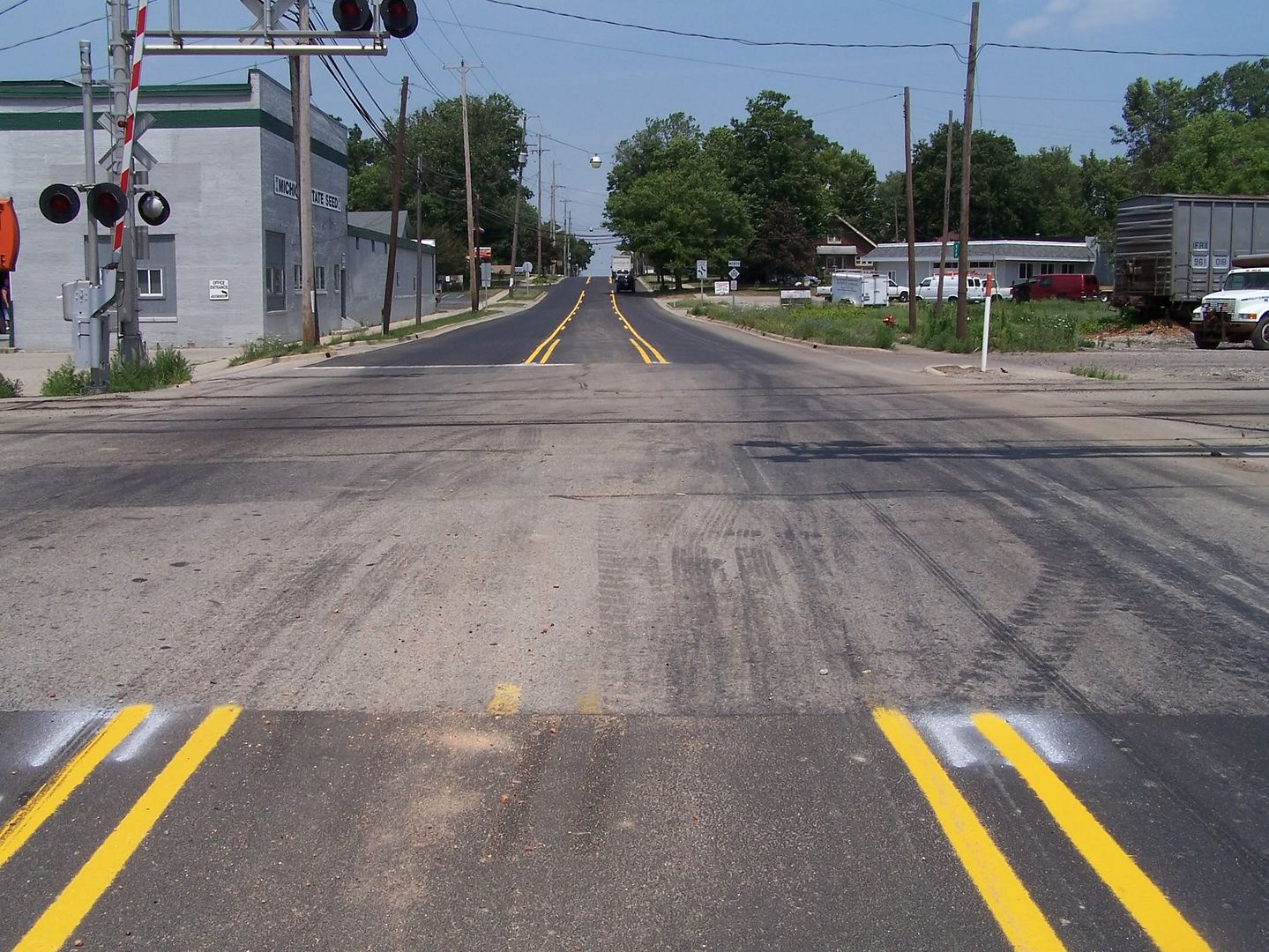 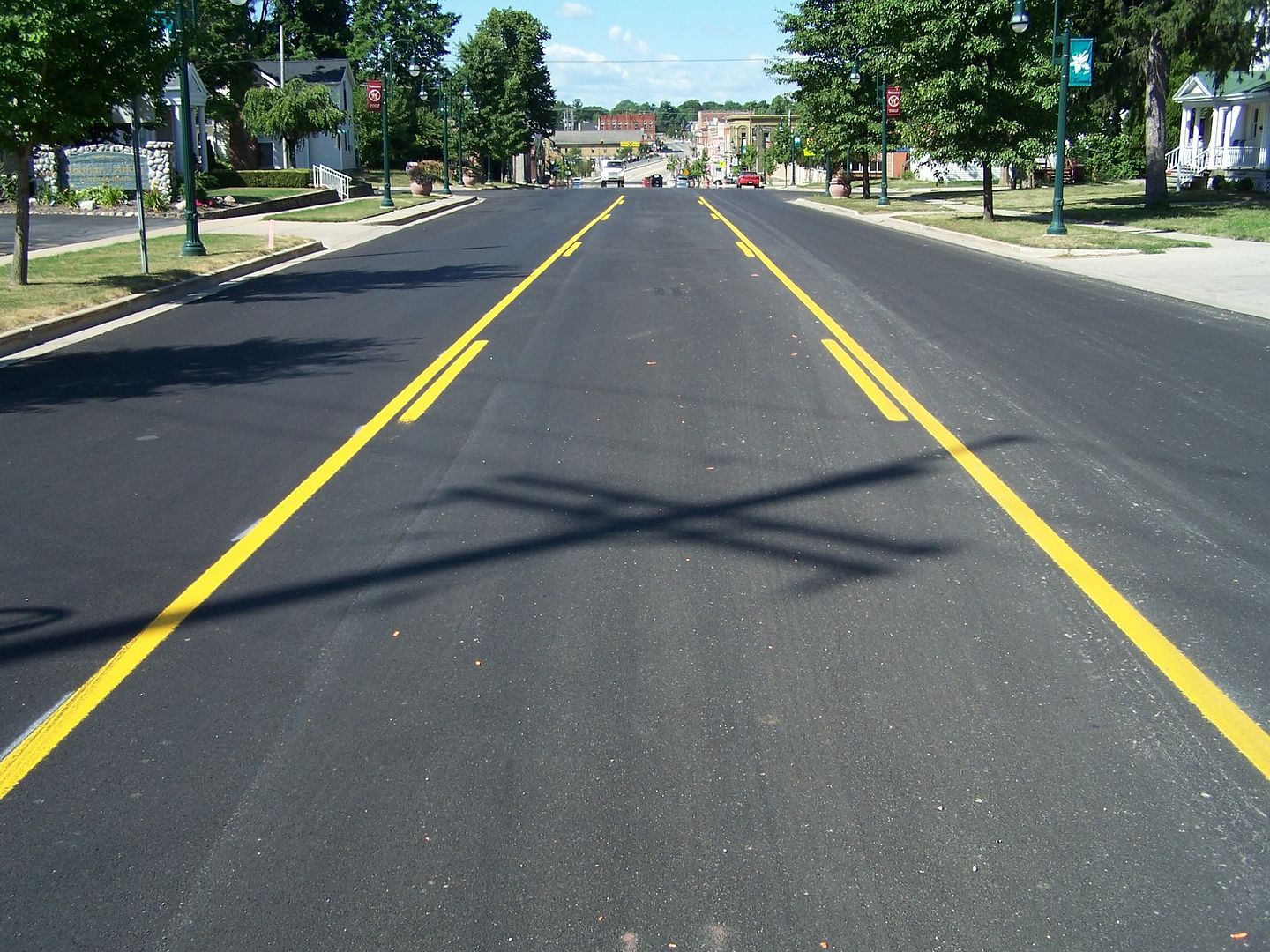 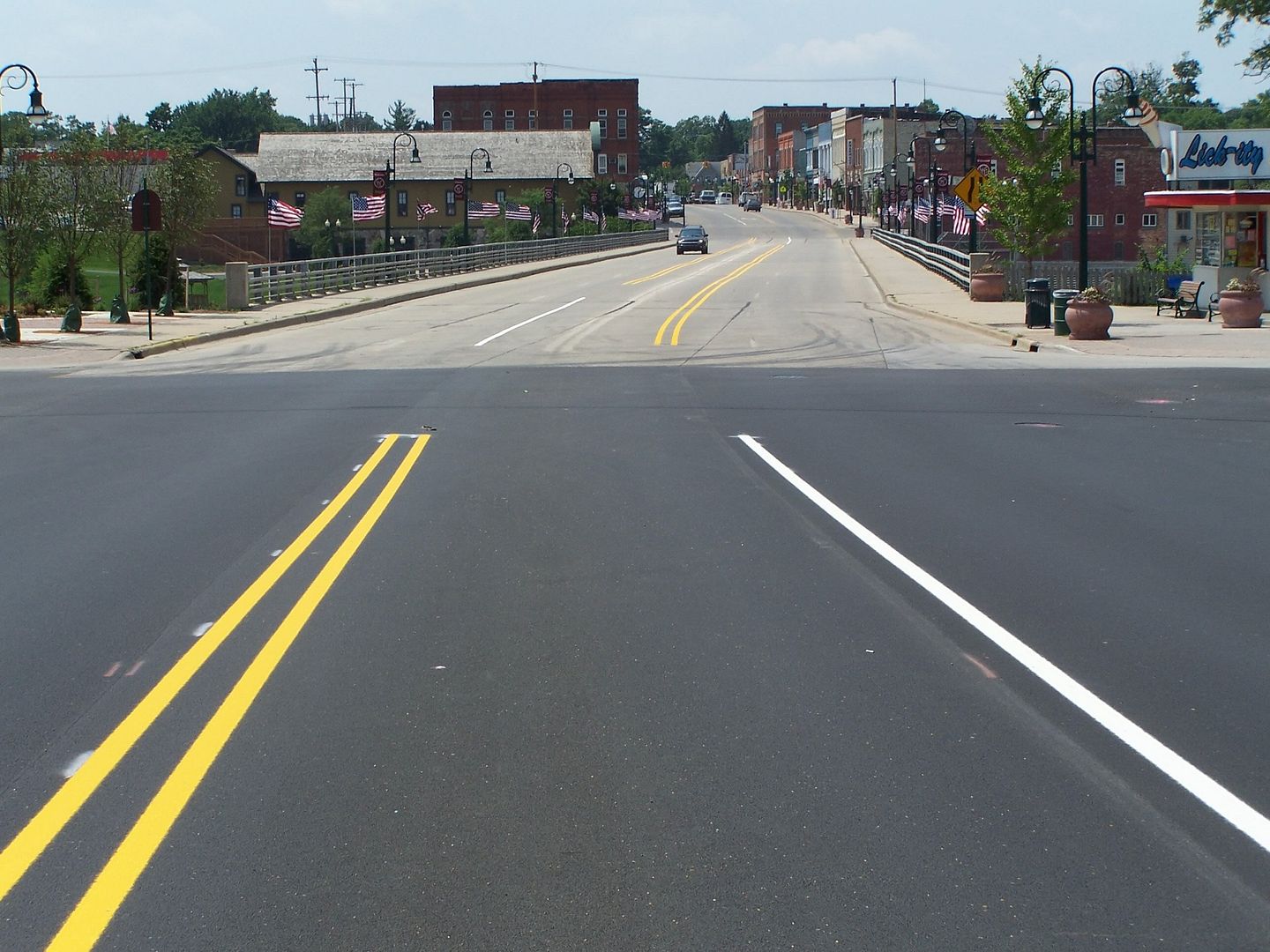 Line colors Solid yellow lines mark the center of a road used for two-way traffic. Broken yellow lines mean you may pass if the broken line is next to your driving lane. Two solid yellow lines mean no passing. Never drive to the left of these lines unless you are: • Turning left at an intersection. • Turning into or out of a private road or driveway. • In a carpool lane (HOV lane) that has a designated entrance on the left. • Instructed to drive on the other side of the road because your side is closed or blocked. HOV lane = High-occupancy vehicle lane = is a lane reserved for vehicles with a driver and one or more passengers. These lanes are also known as carpool lanes, commuter lanes, diamond lanes, express lanes, and transit lanes. 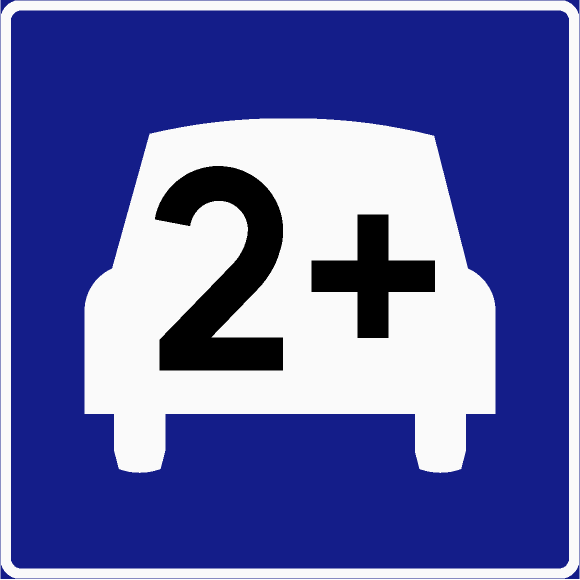 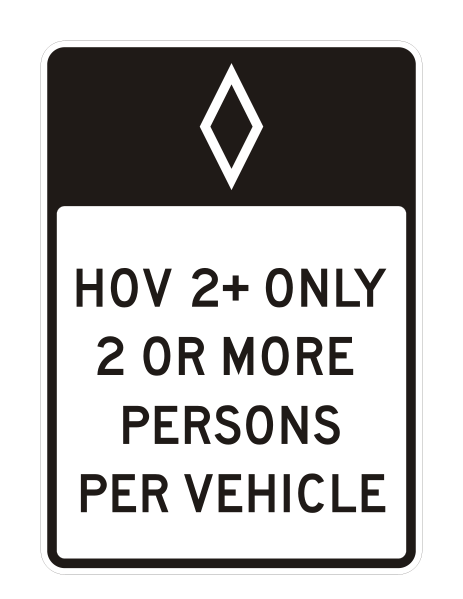 The relative rarity of high-occupancy vehicles compared to single occupancy vehicles—estimated at 7% of the traffic—in the United States and Canada makes HOV lanes work for the drivers who can use them. When it is uncongested, an HOV lane can move at full speed even when parallel (non-HOV) lanes suffer delays from queueing at bottlenecks. In theory, an HOV lane moves more people per lane at a higher speed while moving fewer vehicles. In practice for some communities, including Atlanta, Houston, Los Angeles, Washington, D.C., and Seattle, HOV lanes regularly carry more people than adjacent regular lanes of travel, as reported by the Transportation Research Board HOV Committee. Various organizations and services make it easier for commuters to utilize HOV lanes. Regional and corporate sponsored vanpools, carpools, and rideshare communities give commuters a way to increase occupancy. For locales where such services are lacking, online rideshare communities can serve a similar purpose. Two sets of solid double yellow lines spaced two or more feet apart are considered a barrier. Do not drive on or over this barrier or make a left turn or a U-turn across it except at designated openings. Solid white lines mark traffic lanes going in the same direction, such as one-way streets. Broken white lines separate traffic lanes on roads with two or more lanes in the same direction. |
| << Previous Day |
2009/06/09 [Calendar] |
Next Day >> |